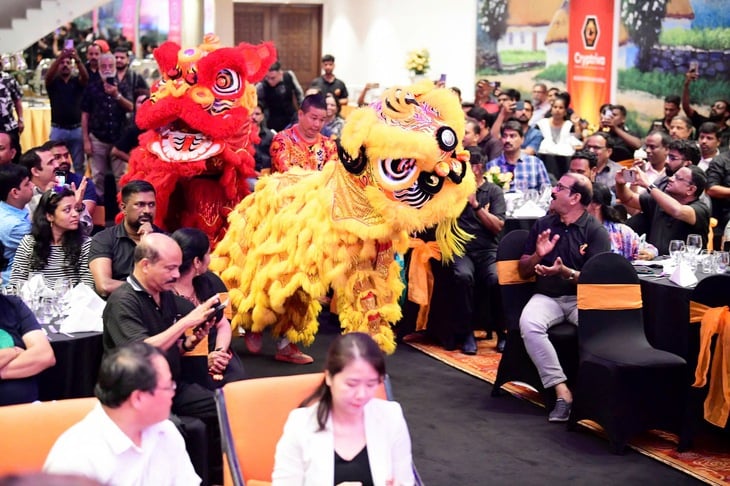
Many international tourist groups come to Ho Chi Minh City under MICE (meetings, incentives, conferences) tourism - Photo: QUANG DINH
To effectively exploit its potential, Ho Chi Minh City's tourism industry needs the cooperation of industrial parks, travel businesses and state management agencies.
Lack of tourism products for experts and investors
Ms. Nguyen Thi Thuy Trang - a tour guide in Ho Chi Minh City - said that in nearly ten years of working in the profession, only once did the travel company cooperate with a ceramic enterprise (in the former Binh Duong province) to bring international tourists to visit the factory, technology line, showroom, experience and buy products.
Mr. Tu Quy Thanh, director of Lien Bang Tourism Company, said that in the past, there was a tour that brought international tourists to the industrial park to visit an information technology factory. These international tourists were also businesses in the semiconductor chip sector, and they were looking at the manufacturing plant in Vietnam. But since this group of tourists, the industrial park has not been interested in cooperation.
Please rate our travel services and destinations at this link.
"Industrial enterprises responded that they did not receive much benefit, and the procedures had to go through the city's trade promotion and development center. Both businesses felt that factory and industrial park tours were not really attractive and not feasible," said Mr. Thanh.
Meanwhile, Dr. Duong Duc Minh, deputy director of the Institute for Economic and Tourism Development Research, said that industrial tourism in Ho Chi Minh City has yet to develop a deep level of products aimed at groups of experts, investors and workers in new urban industrial zones.
The main reason comes from the lack of a flexible operating mechanism to create product and service chains that meet the needs and cultural characteristics of this customer group.
Need to orient tourism-industry hyperlinkage
Industrial tourism is a form of tourism that uses the available resources of traditional industries. This form of tourism encourages production areas, factories, and showrooms of businesses to combine with tourism products and experiential activities to create complex tourist destinations. With the fact that the parties have not been interested in combining, before the opportunity to merge Ho Chi Minh City into a megacity, many solutions for industrial tourism are proposed.
According to Ms. Huynh Phan Phuong Hoang, Deputy General Director of Vietravel, the tourism industry itself cannot develop industrial tourism. These products need to be built systematically, with the participation of both travel agencies and management units of industrial parks and new urban areas. State agencies are the connecting units.
Recognizing the formation and development of technology parks and urban industrial parks as the crystallization of intellectual and professional labor flows, according to Dr. Minh, it is necessary to redesign the corresponding tourism service structure.
"If we do not quickly design tourism service structures that are compatible with the movement and consumption habits of these groups, the tourism industry will miss out on a source of demand with high spending capacity but will be difficult to serve without the right touchpoint solutions," said Mr. Minh.
This expert affirmed that we cannot rely on the unilateral goodwill of "new urban industrial zones" in integrating tourism into their development strategies. Tourism cannot play a supporting role, but needs a strategy to guide the hyperlink model between tourism and industry into a value chain according to a mechanism of equality and harmony, reflected in the distribution of benefits and consensus in the perception of economic development potential.
Specifically, Mr. Minh proposed that the process should be organized sequentially with assigned tasks.
First, "devalue" the forms of production activities that are overwhelming the spiritual life in industrial zones, then move on to "devalue" closed consumption models with little interaction, then proceed to "stabilize value" by making tourism a tool to balance labor productivity and quality of life.
When there are specialized tourism products for professionals, integrating relaxation, tourism value will increase; living industrial spaces will be formed, no longer accompanying tourism services but deeply connected with the local industry.
Each industrial park is a unit that can activate the tourism model.
Industrial tourism is a type of tourism that involves visits and activities to a location that allows visitors to learn about processes and know-how of the past, present or future, according to the Ministry of Science and Technology.
Businesses believe that to have a chain of tourism experiences, it is important to organize a soft institutional infrastructure, including information systems, product filters, cultural consumption support centers for experts and workers, fast-moving services integrated with technology, and emotional highlights in the chain of utilities.
Ho Chi Minh City will have hundreds of industrial parks and export processing zones.
According to the Ho Chi Minh City Institute for Development Studies, after the merger, Ho Chi Minh City has 66 export processing zones and industrial parks, with a total land area of over 27,000 hectares. According to the vision plan to 2050, Ho Chi Minh City will have 105 export processing zones and industrial parks with a total planning area of over 49,000 hectares, becoming the leading industrial center of the country. In addition, the economic locomotive owns the largest and most dynamic industrial enterprise force in the country.
Source: https://tuoitre.vn/khi-nha-may-khu-cong-nghiep-tro-thanh-diem-den-du-lich-20250817080721815.htm


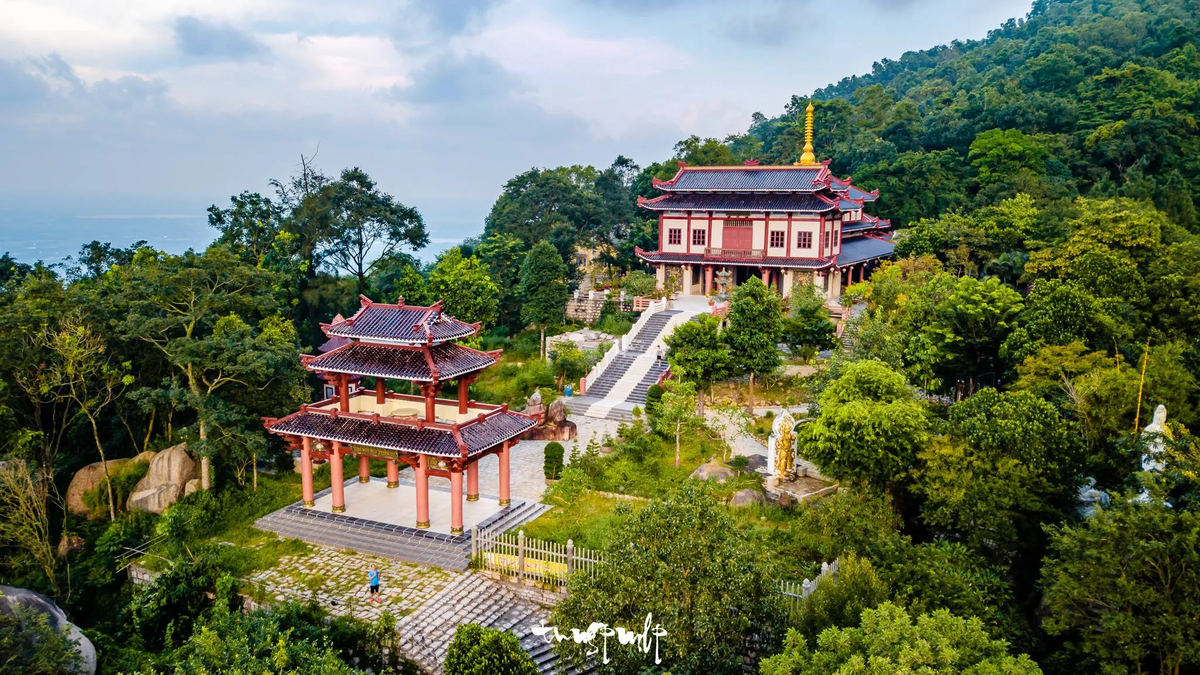



![[Photo] Discover unique experiences at the first World Cultural Festival](https://vphoto.vietnam.vn/thumb/1200x675/vietnam/resource/IMAGE/2025/10/11/1760198064937_le-hoi-van-hoa-4199-3623-jpg.webp)
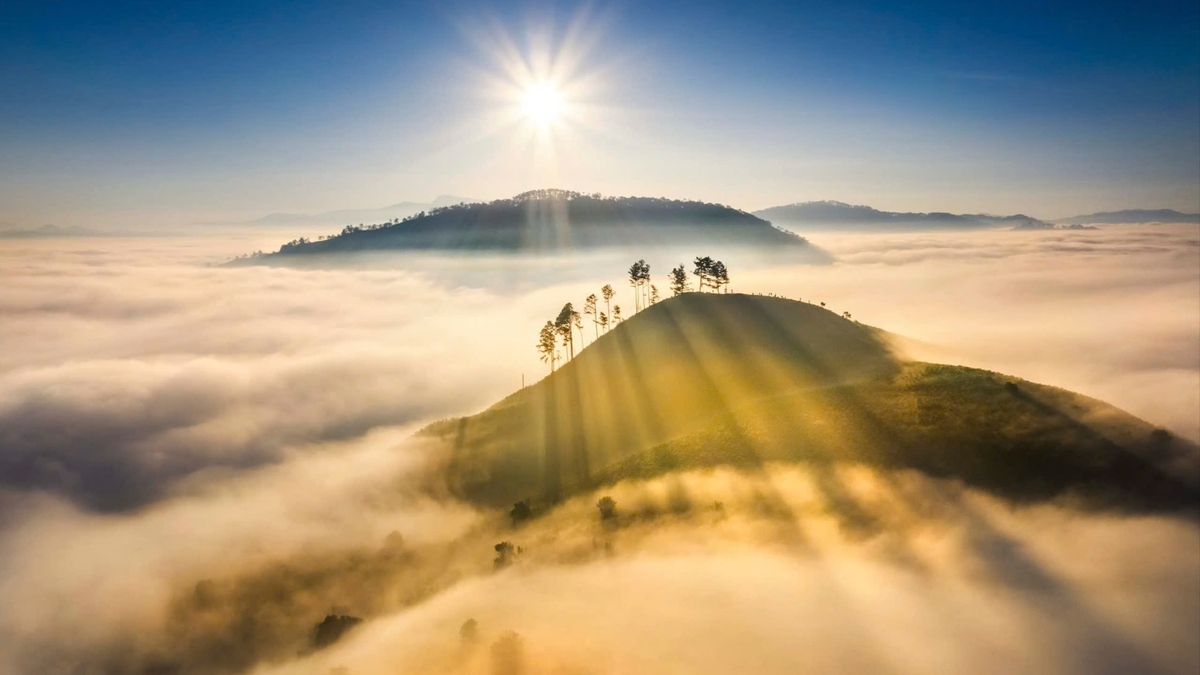


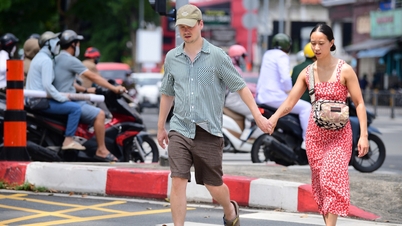

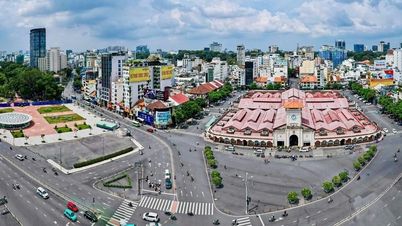
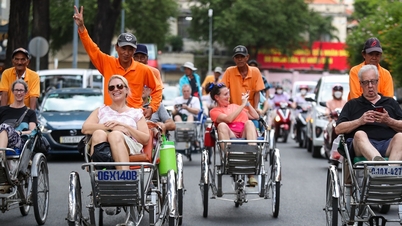
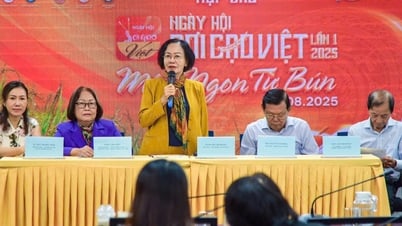
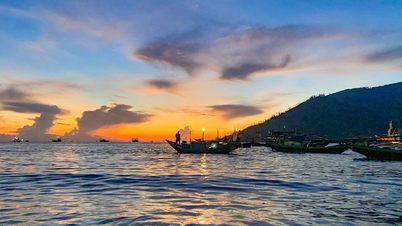

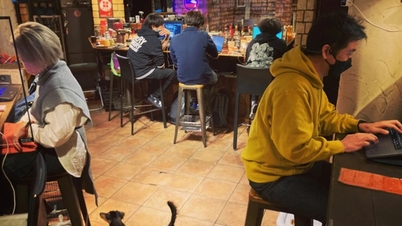

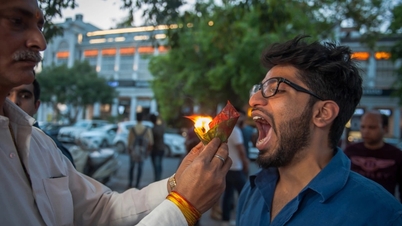
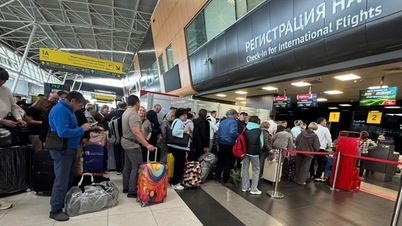

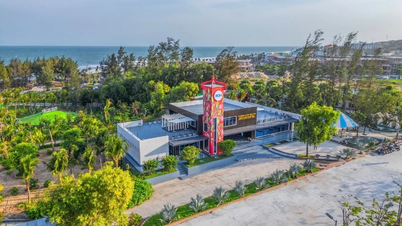



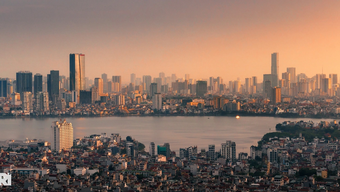


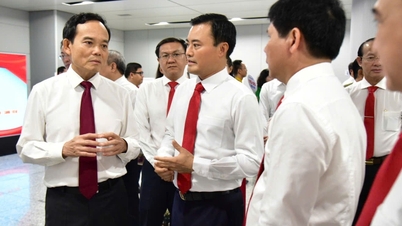

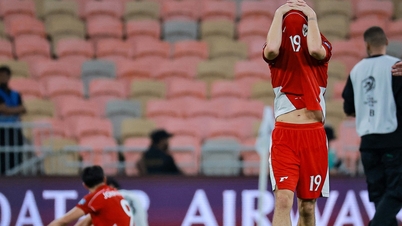


![[Photo] General Secretary attends the parade to celebrate the 80th anniversary of the founding of the Korean Workers' Party](https://vphoto.vietnam.vn/thumb/1200x675/vietnam/resource/IMAGE/2025/10/11/1760150039564_vna-potal-tong-bi-thu-du-le-duyet-binh-ky-niem-80-nam-thanh-lap-dang-lao-dong-trieu-tien-8331994-jpg.webp)
![[Photo] Opening of the World Cultural Festival in Hanoi](https://vphoto.vietnam.vn/thumb/1200x675/vietnam/resource/IMAGE/2025/10/10/1760113426728_ndo_br_lehoi-khaimac-jpg.webp)
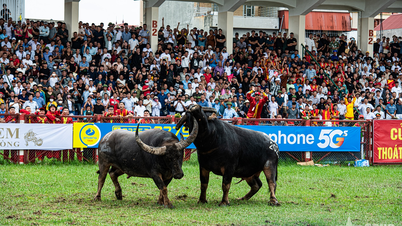

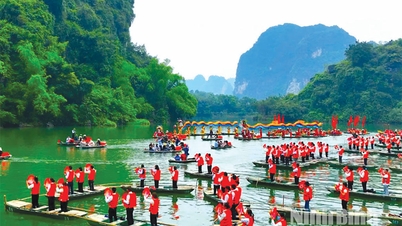



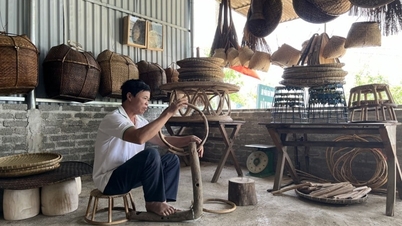



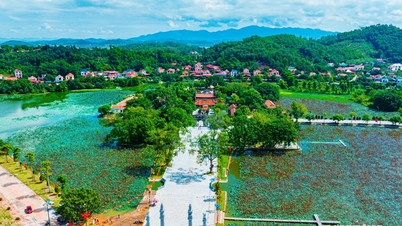






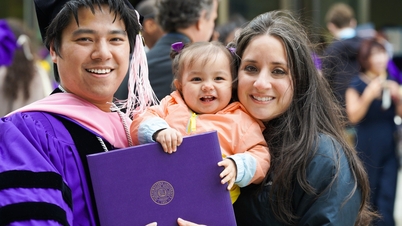



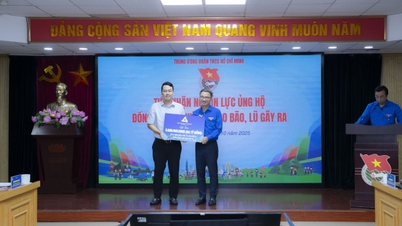



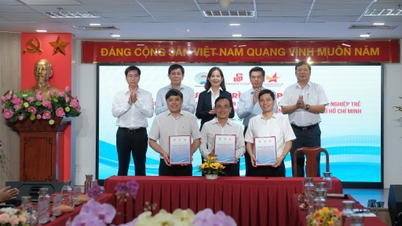




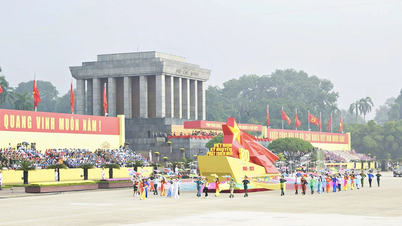
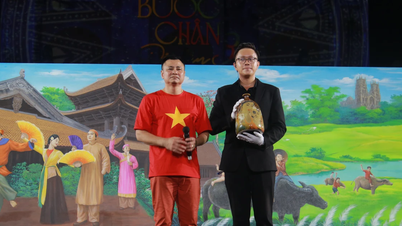
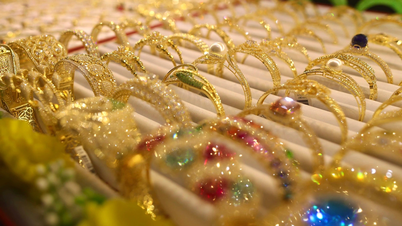
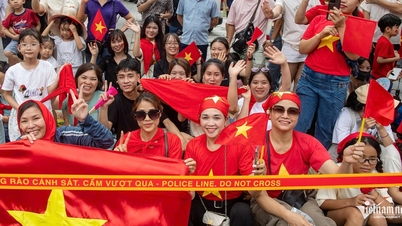

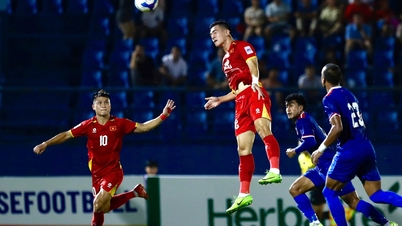
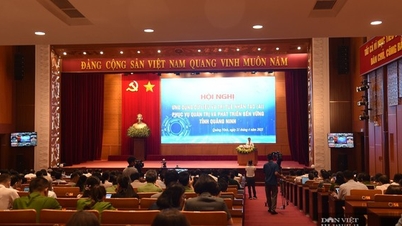

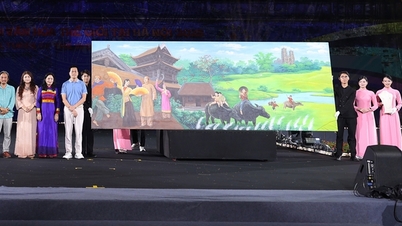


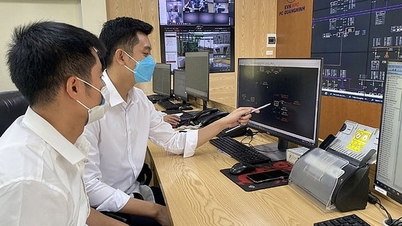
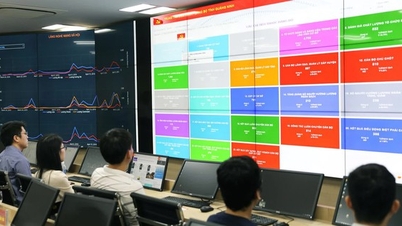
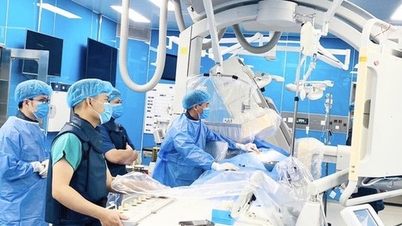
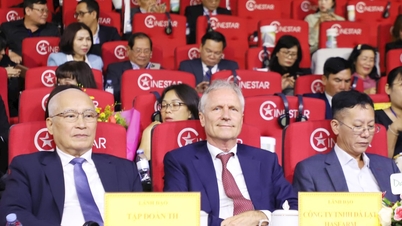





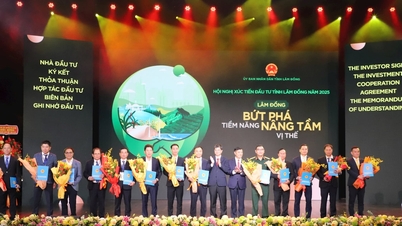















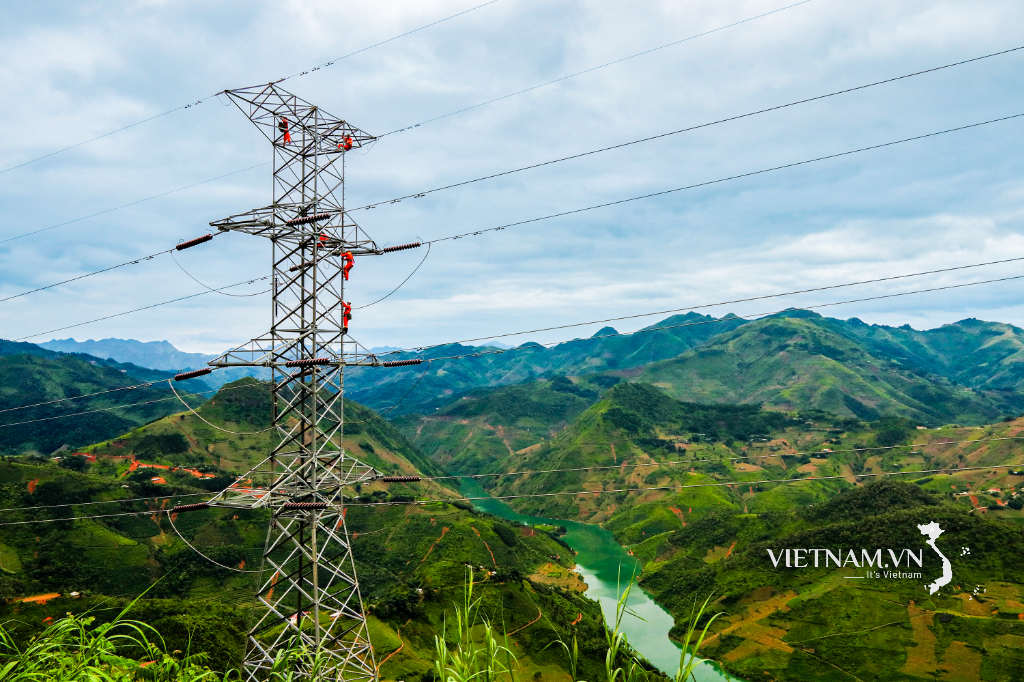

Comment (0)